A novel polymer processing methodology to prepare thin films allows for increased crystallinity giving rise to improved properties.
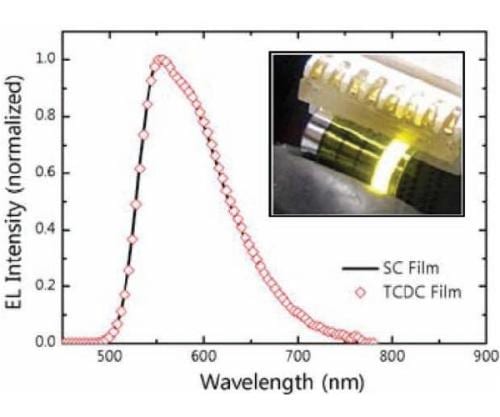

A novel polymer processing methodology to prepare thin films allows for increased crystallinity giving rise to improved properties.
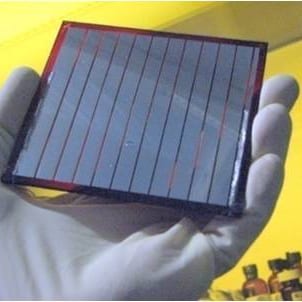
What is the ideal nano-morphology for organic and hybrid solar cells? A progress report from a German research group sheds light on recent developments.
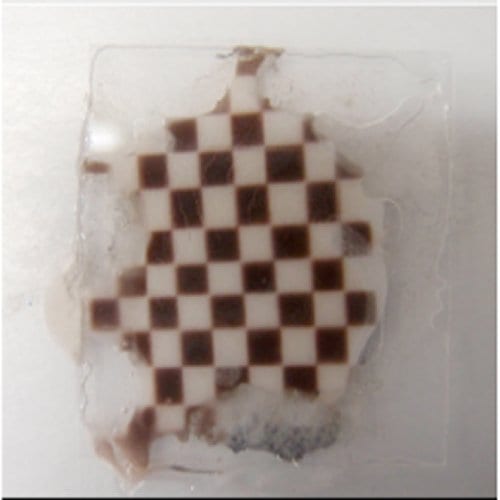
Conductive metallic 3D nanostructures can be made inside a single crystal of a photocatalytically active metal-organic framework, say Belgian scientists.
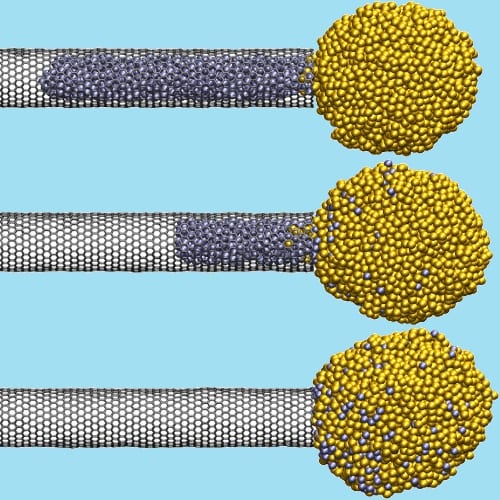
Encapsulated metal nanoparticles can be extracted from carbon nanotubes through reverse capillary action.
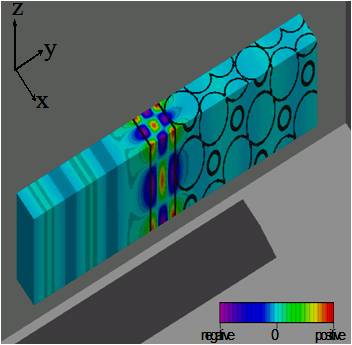
“It seems like the whole world is working on solar cells; trying to make them better, cheaper and safer to cope with the looming global energy drought.” Professor Geoffrey Ozin talks about the current state of solar cell research.
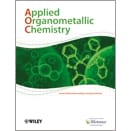
New special issue guest edited by Rick Laine appears in Applied Organometallic Chemistry

A coating of single-walled carbon nanotubes improves the performance of li-ion cell cathodes: They show longer lifetimes and stable capacities even at very high rates.
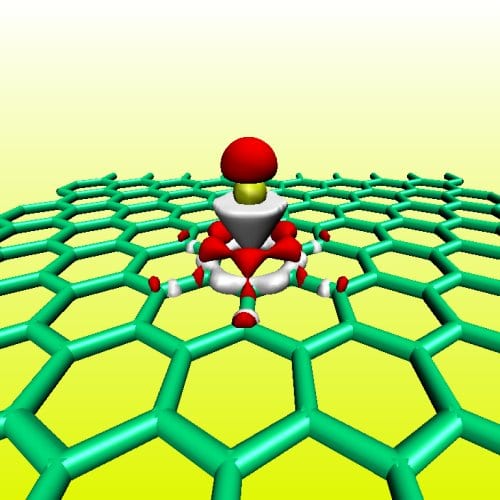
Aluminum clusters move along graphene tracks, controlled by applied electric currents, in work by Spanish and Dutch researchers.
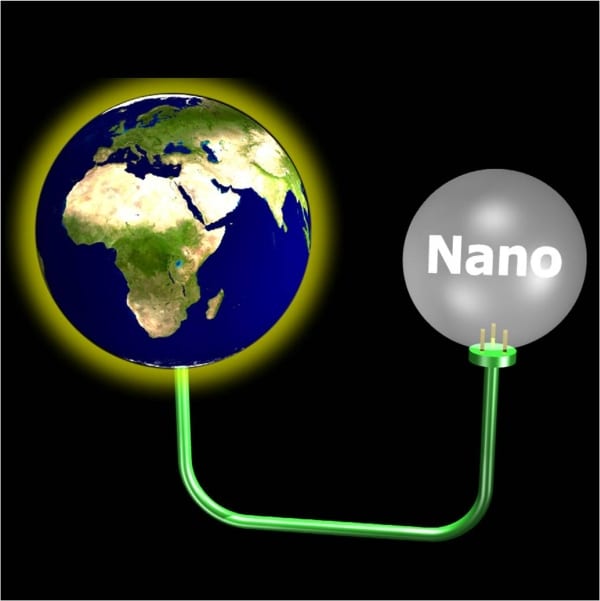
How can nanomaterials make a difference in the grand challenge: efficient and green global scale production, storage and use of energy? Professor Geoffrey Ozin from the University of Toronto gives his response to this question.
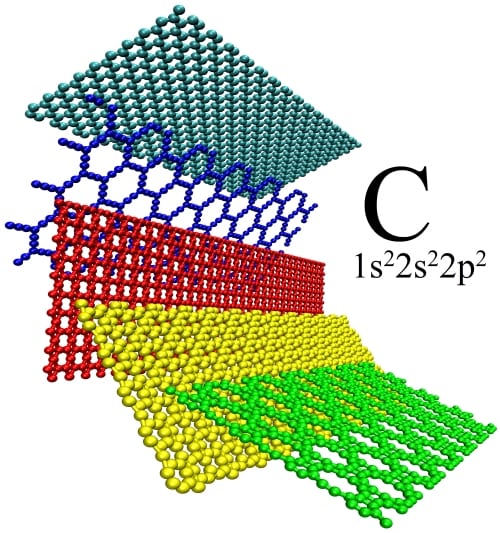
A set of twelve graphene-like materials is simulated regarding their stability, structural, and electronic properties.